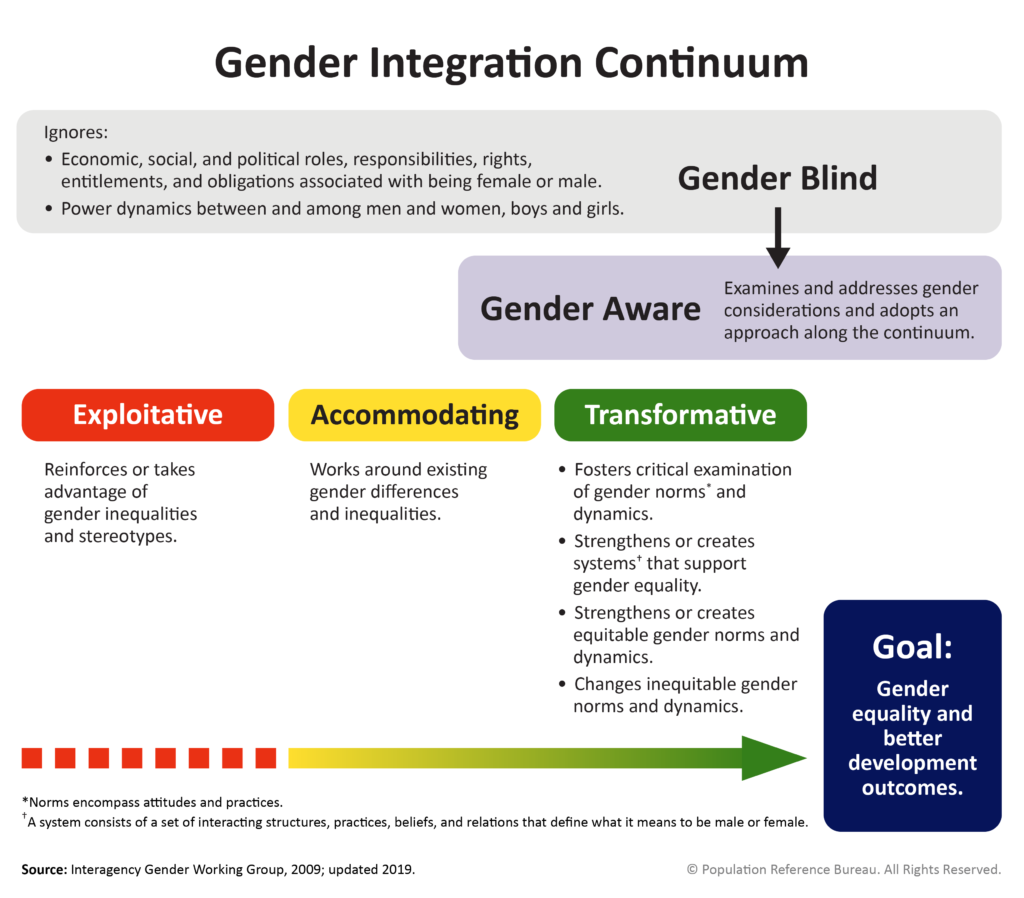Technical Brief: Analysis of Issues Related to Masculinities and Disability in Conflict and Post-Conflict Settings
Based on a literature review and interviews with key stakeholders, this technical brief synthesizes current research into how masculinities and disabilities intersect in conflict and post-conflict settings. It outlines evidenced-based strategies for meaningful engagement with men and boys and sheds light on how to equip them with the skills they need to play a role in peaceful societies that are both gender- and disability-inclusive.


